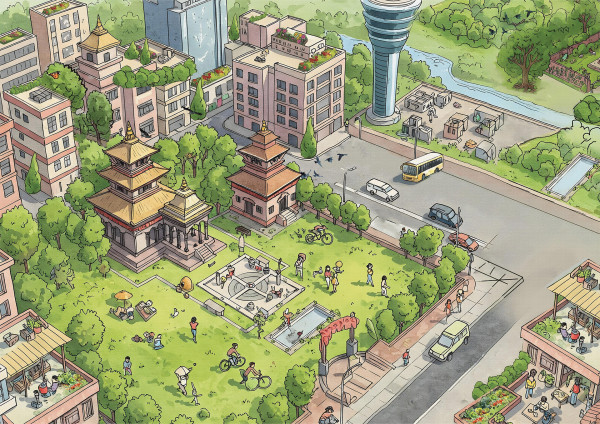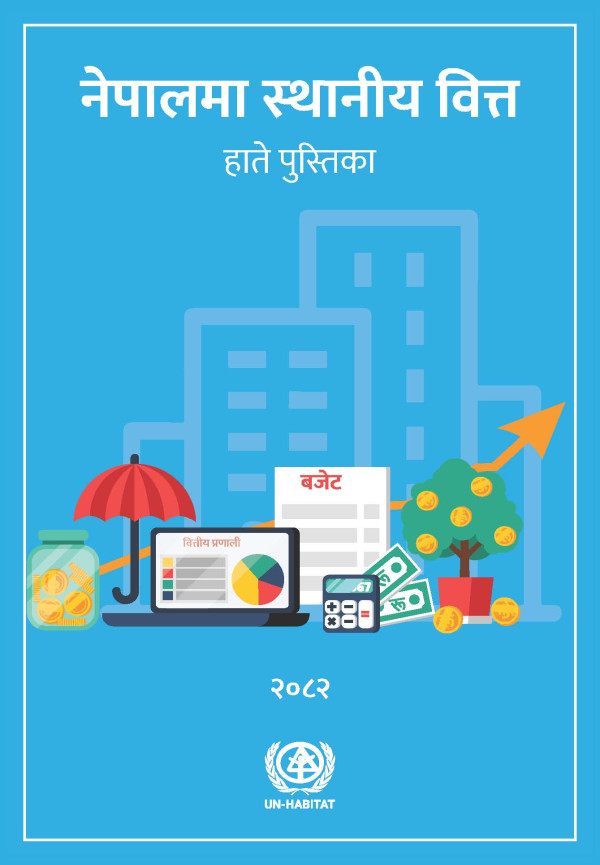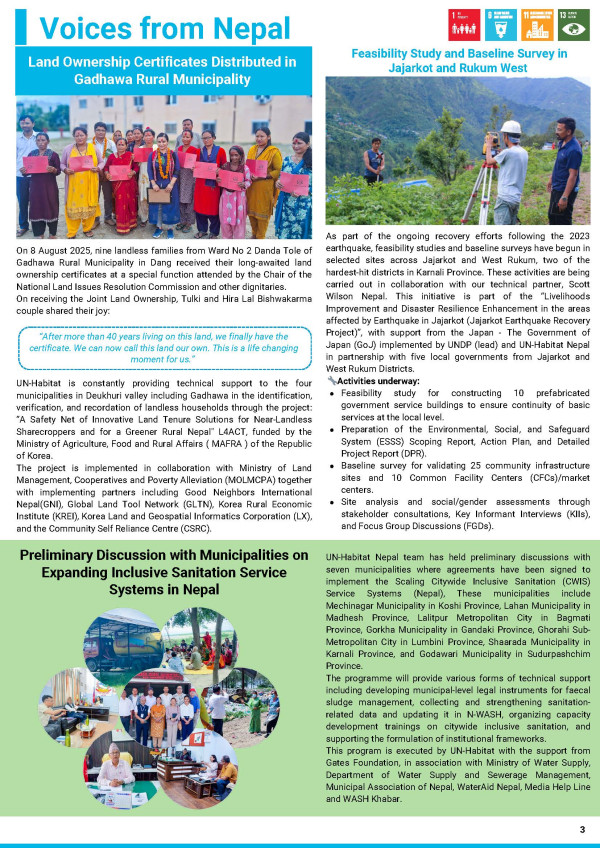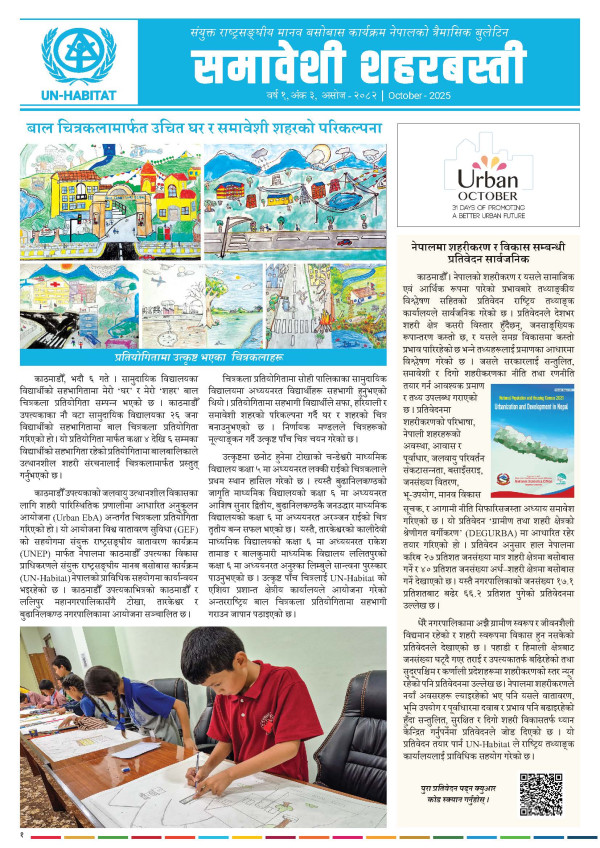Heritage Revitalization: A Case Of Pilachhen
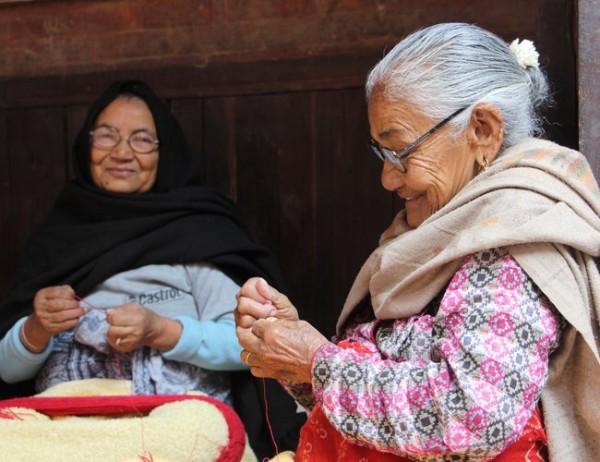
Patan is the third-largest city in Nepal, situated in the
southern-central section of the Kathmandu Valley. Patan city is known for its
rich culture, tradition, arts and crafts. Initially Patan is a Buddhist city
that was created in the third century and has a formal layout based on the
Dharma Chakra and the Buddhist wheel of righteousness. Pilachhen is one of
Patan's toles. Pilachhen is said to have been founded at the same time as
Patan.
About 2 kilometers east of Pulchowk is the Pilachhen hamlet. Pilachhen
is claimed to be named after the “Laakhey” known as “Pila” who used to dwell
there, and "Chhen" is the home of this Laakhey. According to Newar’s
believe, Laakhey is portrayed as deadly red wild face, big teeth, and unmanaged
long thick hair, who is said to be the protector of the people in the Kathmandu
Valley.
Pilachhen is a one-of-a-kind Newar settlement with its own culture,
tradition and history. Pilachhen's population is quite homogeneous, with Newars
accounting for 100% of the population and Maharjans making up the single ethnic
community group with roughly 108 homes.
Pilachhen has both tangible and intangible heritage sites such as
Bhimchandra and Hemchandra Mahabihar, Pilachhen Manka Guthi, Ganesh temple,
Pilachhen Manka and Sana Guthis, Falchas (Patis), Indra Jatra, Machhindranath
Jatra, Ghantakaran Jatra, Khyak Nach, and others. Pilachhen's concrete and
intangible heritages are inextricably intertwined, making the hamlet extremely
rich in history and culture.
Tangible Heritage
Pilachhen is home to several tangible heritage sites, including
archeological, artefacts, and monuments that are significant to a community.
These are the constructions that mimic Newar architecture.
Ganesh Mandir: The Ganesh Mandir (temple) at Lachhi tole is unique in its own right. It depicts Ganesh in a dance stance as an idol. In the Kathmandu Valley, it is the only one of its kind. If you worship the dancing Ganesh, it is said that you would be blessed with a son. It is venerated on a regular basis and is most popular during Indra Jatra, when the Golden Mukut (Crown) is on exhibit. Its origin date is said to have been in 832 B.S.
Falcha (Pati): Falchas are traditional public places, mainly used by
elder people. The two Falchas in Pilachhen, Lachhi tole, are Tadha Flachi and
Chidha Falcha. Every day, people come to the Falchas to recite Bhajans and
devotional hymns. These Falchas are regularly visited by the local people
either to recite Bhajans or simply take some rest.
The Bhajans sung in Tadha Falcha are chanted throughout the year except
for the month of Asar (June-July). Majority of people in Pilachhen are farmers
so the Falcha is closed during that month such that the farmers could focus on
plantation during the month of Asar (June-July).
Every day in Chidha Flacha, Namsangati is chanted, which continues
throughout the year (365 days) and it stops on the day when someone dies. In
the Falchas, young generations are taught Namsangati. “Bhajans” are also
chanted when someone is going through difficult times in their life.
Guthi Buildings: The Pilachhen Manka Guthi is a Guthi building in Pakha
Keba. The “Dyo” in the Guthi Building is venerated during Dashain festival. The
Guthi buildings are used during the special events for Guthi members.
Lachhe is home to the Pilachhen Sana Guthi. It is utilized by the
residents of the neighborhood for special feasts on special occasions. It is
also utilized for ceremonies when members of the community pass away.
Bahal: In Pilachhen, there are two well-known Bihars, Bhimchandra and
Hemchandra Mahabihar, both of which are in Bacha.
Intangible Heritage
Non-physical behaviors, beliefs, traditions, and folklore that are part
of a community's legacy are known as intangible heritages. Pilachhen has its
own set of beliefs and customs that are exclusive to Pilachhen and cannot be
found anyplace else in the Kathmandu Valley.
In Pilachhen, there are a variety of Jatras and festivals take place
throughout the year. Pilachhen's Jatras and festivals include Indra Jatra,
Machhindranath Jatra, Ghantakaran, and Dashain. The locals of Pilachhen still
follow the traditional way of celebrating these festivals and are still
authentic unlike the ones performed by people elsewhere in the Valley.
Every year, a puppet play called “Khyak Nach” is shown during Indra
Jatra in Pilachhen. The performance takes place at Pilachhen Manka Guthi's
residence and is displayed through its window. A ritual ceremony is performed
in front of the Ganesh Mandir before the puppet show starts.
Although the Khyak Nach is exclusive to Pilachhen, it has been imitated
outside of Pilachhen in Patan in recent days. The Khyak Nach is a very old
custom, and it has been a major source of entertainment to the people of
Pilachhen since many centuries. The origin is not known to people. However,
speculations is that it started during the Rana Dynasty since the puppet show
mostly involves the dancing of the puppet with no dialogue which is quite like
how the Rana’s treated the civilians when they used to rule the country.
The tole Secretary of Manka Guthi, Pilachhen Mr. Ratan Maharjan, 58
expresses his desire to share the culture of Pilachhen to the world. Rather
than promoting the physical aspects like the tangible heritages, Mr Maharjan
wishes to share the intangible heritages instead. “We want to show tourists our
culture and tradition not buildings” he says. The people of Pilachhen host a
number of rituals and ceremonies around the year like rice feeding ceremony for
new-born babies, “Ketapuja” (performed before the boy becomes a teenager),
“Ehee” (pre-adolescent girls are married to the Bel, which is a kind of fruit)
and “Baara” (performed for a girl between 12-14 years old before menstruation).
2015 Earthquake
Pilchhen too, was unable to avoid the 2015 Earthquake. During the
earthquake, it was estimated that more than 70% of the homes and other
structures with magnificent Newar architecture were destroyed, severely
affecting both the physical and intangible heritages in Pilachhen.
It was a big challenge, especially in a site like Pilachhen, to restore
the demolished architecture without destroying traditional and aesthetic look.
Late Mr. Ramesh Maharjan, Chairperson of Maya foundation initiated and put lots
of efforts to re-build Pilachhen without destroying traditional and aesthetic
look in the aftermath of the 2015 earthquake. Mr Maharjan’s initiative played
an instrumental role to re-build Pilachhen, bringing back to its previous state
while preserving Newar tradition and culture. Unfortunately, untimely and
unexpected demise of Mr. Maharjan was a big setback for Pilachhen to complete
its re-construction activities as planned.
In addition, European Union's SWITCH-Asia-funded Sustainable Tourism
and Green Growth for Heritage Settlements of Kathmandu Valley (Parya Sampada)
project, implemented by UN Habitat, is working to restore the area's original
aesthetic appearance by preparing a heritage settlement recovery plan,
revitalizing Pilachhen pond, constructing Pilachhen Falcha, assisting with home
design, developing a tourism development plan, and providing various skill
development training, including music. The project's efforts have made a
substantial contribution to revive Pilachhen's both tangible and intangible
heritages, which carry cultural and historical values as well as play an
important role to preserve ancestral lifestyles and lives of Newar settlement
community in Pilachhen, ultimately, contributing to promote tourism industry of
Lalitpur municipality.
Tourism
Pilachhen hosts several well-designed and attractive tangible heritage
sites along with a culture that consists of customs, tradition, festivals and
other intangible heritages, which have huge potential to attract both internal
and international tourists.
People of Pilachhen had hopes of turning Pilachhen to a tourist hub
like all three respective Durbar Squares in Kathmandu, Patan and Bhaktapur.
However, the goal is yet to achieve. Mr Dipesh Maharjan, 42 from Pilachhen says
that after the reconstruction there has been progress made in the town, but the
lack of tourists is still disappointing. People of Pilachhen are trying to push
home-stay accommodation to attract more tourist but the progress is not so
impressive.
Mr. Rabi Maharjan, 40 year old, Secretary of Pilachhen Guthi adds that
Pilachhen has a huge potential to attract tourists, but they need to overcome
certain barriers. There is a lack of business policy in Pilachhen. Even though
the local businesses have seen a lot of progress since the reconstruction,
people still need to learn proper business management. There is lack of
communication between people and the tourist. One of the key problems is a language
barrier and sharing.
Way Forward
People of Pilachhen are proud of their identity. They are well aware of
the potential that their culture holds. They are very much keen to promote
tourism in Pilachhen, and aware that they need to enhance more skills such as
entrepreneurship and business management, language skills, technical
improvement, in order to capture the benefits of Pilachhen’s culture and
traditions.
Most importantly, all the efforts and supports provided by various entities need to be sustained jointly by people of Pilachhen, preserving both tangible and intangible heritage to attract tourists, which are a means for their economic growth.


